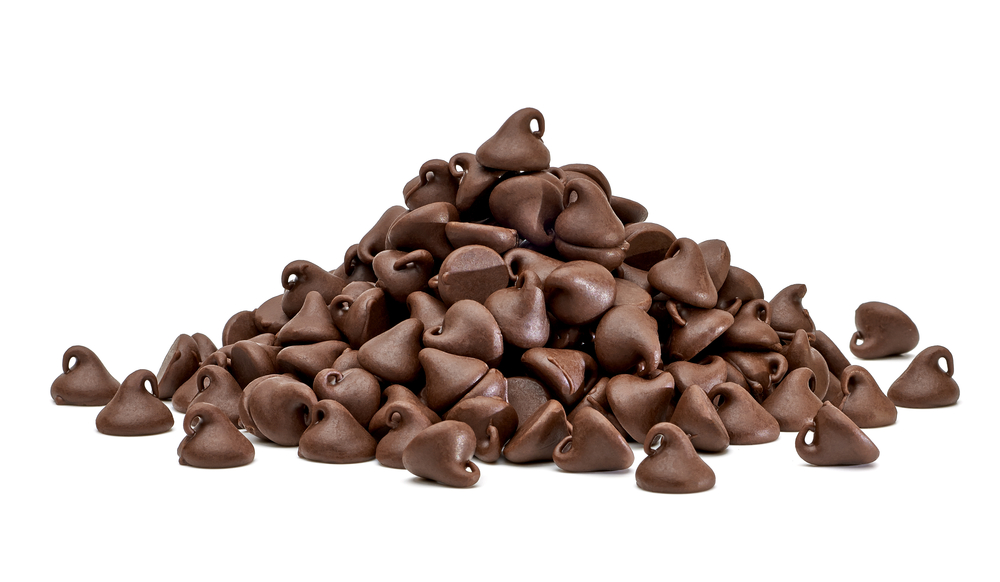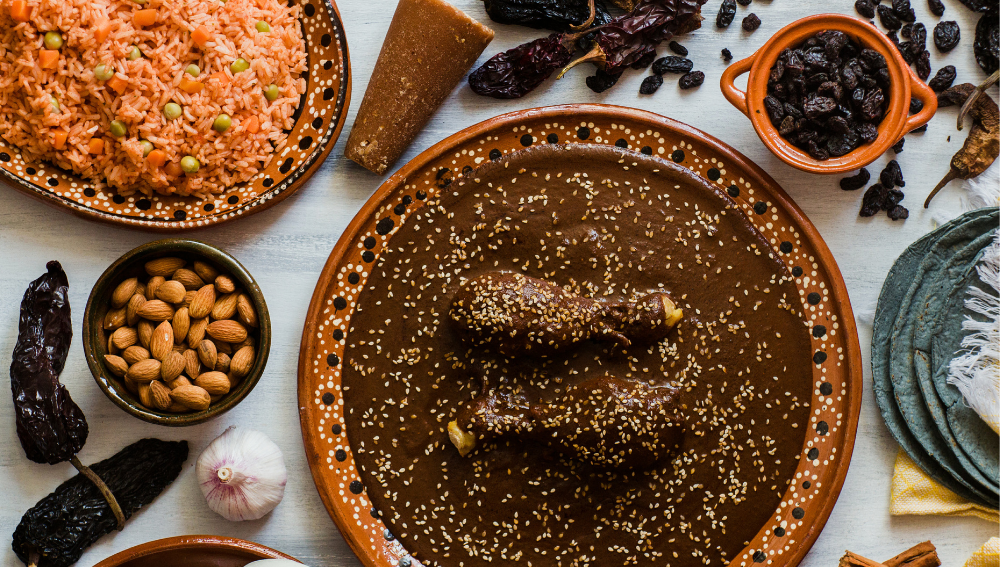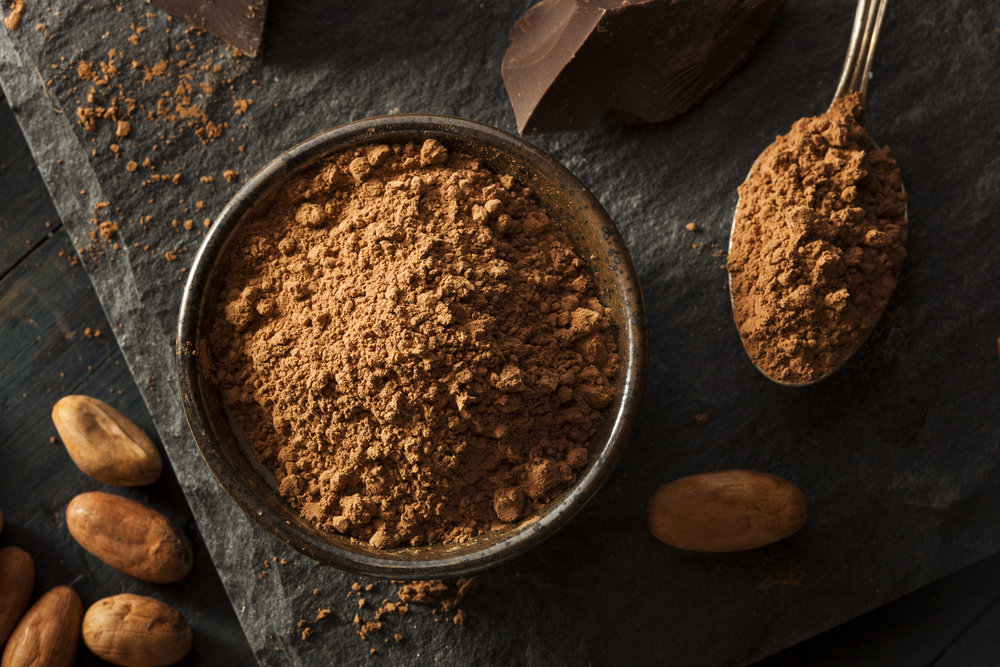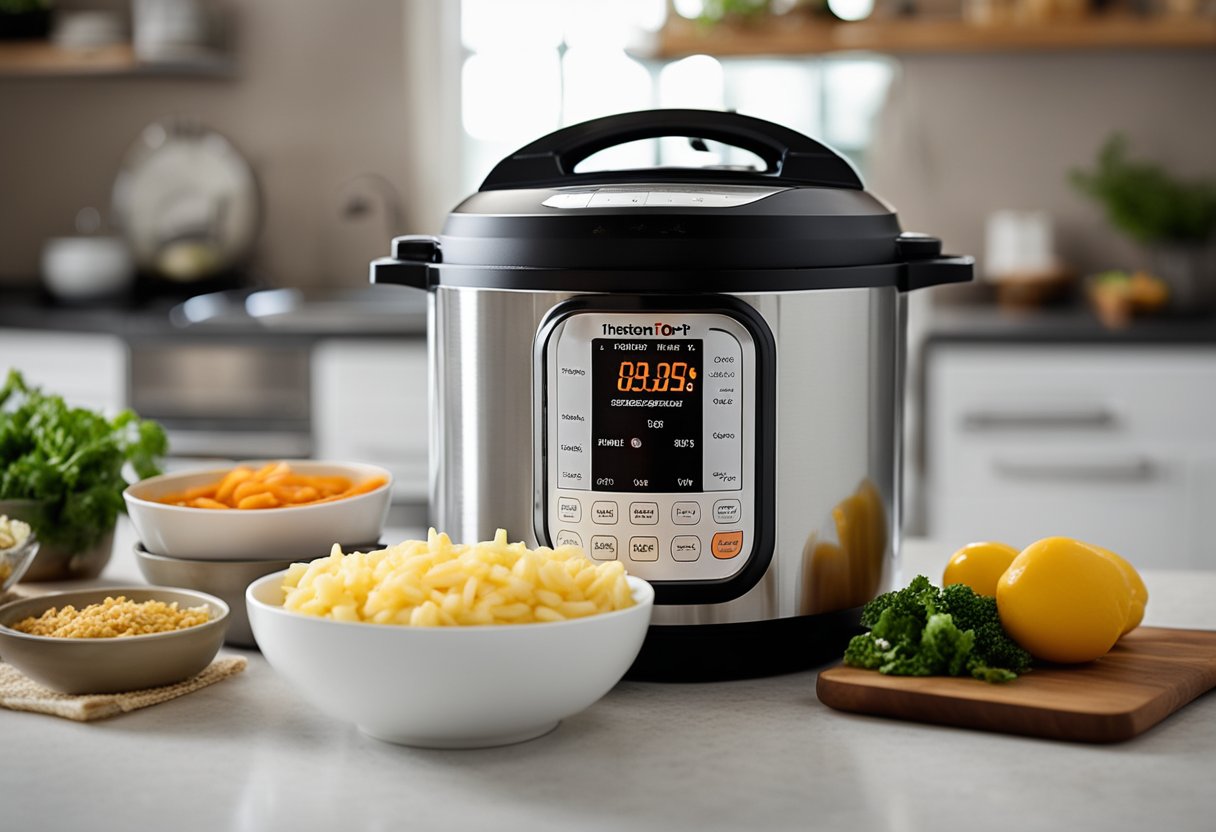Chances are, the last time you used a double boiler it was to melt some chocolate to top a dessert with. However, that is not the only way you can use a double boiler. Double boilers are multi-functional tools that can be used to cook and reheat a variety of different foods, including vegetables.
When using a double boiler to steam vegetables you will need to make sure that you have a large enough pot and bowl. Then cover the bowl with a lid and gently cook the vegetables until they are tender. After they’re cooked just pull them out and season them to your liking.
Although double boiling is pretty easy, there are a couple of things you should know before attempting it to make your double boiling experience go as smoothly as possible.
What Is a Double Boiler?
A double boiler is a kitchen device that is used to gently heat different foods and prevent them from burning or having direct contact with the water.
A basic double boiler will consist of a pot of water with a glass or metal bowl over the top of it. The heat from the simmering water will gradually heat the bowl which will gently heat the food inside of it. This makes double boiling a great option for foods that are prone to burning like chocolate and need to be melted gradually.
You can purchase double boiler kits or you can simply use any heat-safe bowl over a regular kitchen pot. Then you’ll just fill the pot with a few inches of water, top it off with the bowl, and you’ll be ready to start double boiling.
What Is a Double Boiler Used For?
For such a simple kitchen tool, a double boiler has many different uses. The main benefit that you get with using a double boiler is a gentle heat that makes it virtually impossible to burn your recipes.
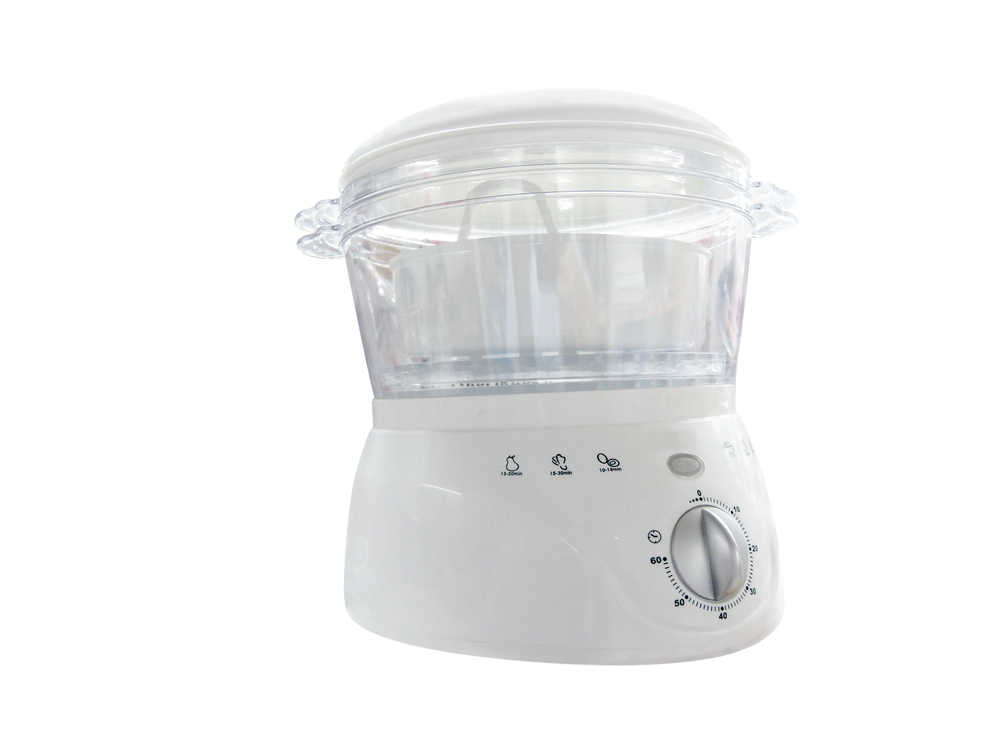
Melting Chocolate
One of the most common uses of a double boiler is melting chocolate. As anyone who has ever made a chocolate-based dessert will know, melting chocolate can be very difficult. It has a relatively low burning point and is very easy to scorch if you aren’t constantly stirring it or placing it on a direct heat source.
This makes double boiling the perfect way to melt chocolate. It allows the chocolate to melt gradually and doesn’t expose the chocolate to direct heat where it could scorch.
Dairy-Based Sauces
Another common use of double boilers is cooking dairy-based sauces. To thicken without breaking apart or curdling your dairy-based sauce has to be heated gradually over a low, indirect heat. A double-boiler can help to get the right texture without having to worry about overcooking your sauce.
Liquifying Honey
If your honey has gone crystallized after a long winter or a period of several cooler days it can be hard to get it back to its original texture. A double boiler can help you to do this by providing gradual heat that will not burn any of the sugars and change the chemical composition of the honey.
Cooking Custard
Another easy to burn food is custard. The custard needs to be kept at a low, gradual heat and cooked all the way through. However, the outside edges tend to cook before the inner layers. By using a double boiler you will be able to heat the inner layers of the custard at close to the same rate as the edges and keep them from burning.
Scrambling Eggs
A more uncommon use of the double boiler, but one that gives fantastic results is scrambling eggs in the double boiler. Scrambling your eggs in the double boiler allows you to cook them low and slow. This will result in creamy eggs without any crispy or burnt edges. This can also be ideal if you want to melt cheese or mix other ingredients into your eggs.
Steaming Vegetables
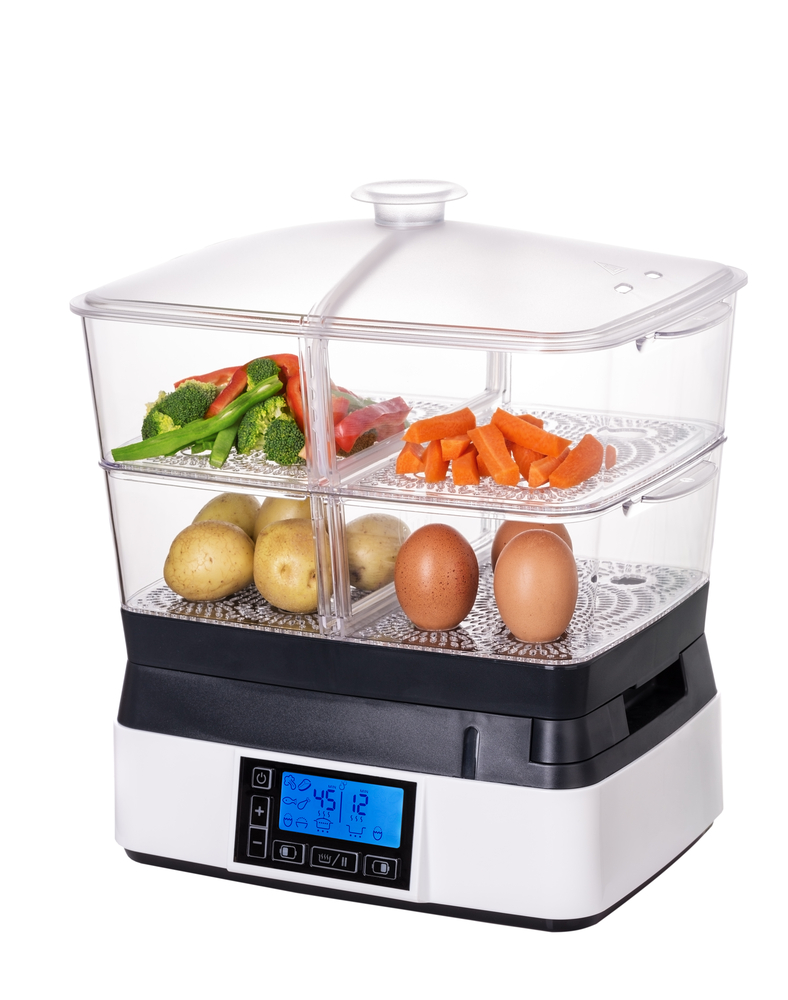
A double boiler can also be used to gradually steam vegetables. All you’ll need to do is place the vegetables in the bowl portion, add a small amount of water, then cover them to somewhat trap the steam. This will allow you to steam your favorite vegetables without having to invest in a separate steamer.
Double Boiler Cooking Tips
Although using a double boiler is a relatively simple thing to do, there are some tips that can help the process go even smoother and give fantastic results.
Use Vinegar
A common issue that people run into when using their double boiler is the bowl becoming discolored. After many uses, depending on the material the bowl is made from, the bottom of the bowl may begin to become discolored.
Although this is not dangerous, it can ruin the appearance of a previously nice bowl and is pretty undesirable.
The best way to prevent this from happening is by adding a small amount of vinegar to the water in the pot before boiling it. This can help to keep the bottom of the bowl from becoming discolored.
Don’t Add Too Much Water
The next tip is to not add too much water. A common misconception is that when double boiling, you should actually have the bowl floating in the boiling water. However, this couldn’t be further from the truth.
When double boiling is done correctly, no part of the bowl should touch the boiling water. Instead, the steam that rises up from the boiling water will heat the bowl and the food inside it. This is what allows the food to cook or heat gradually without the risk of burning the food or crisping it up.
How to Use a Double Boiler to Steam Vegetables
Before you decide to use a double boiler to steam vegetables, it’s important to know how to set one up. This will help to evenly steam the vegetables and prevent any accidents from occurring.
- Fill Pot with Water
The first step in using a double boiler to steam vegetables is filling a large pot with water. In this case, you’re going to want the pot to be pretty wide since you will need it to accommodate a larger bowl for your vegetables.
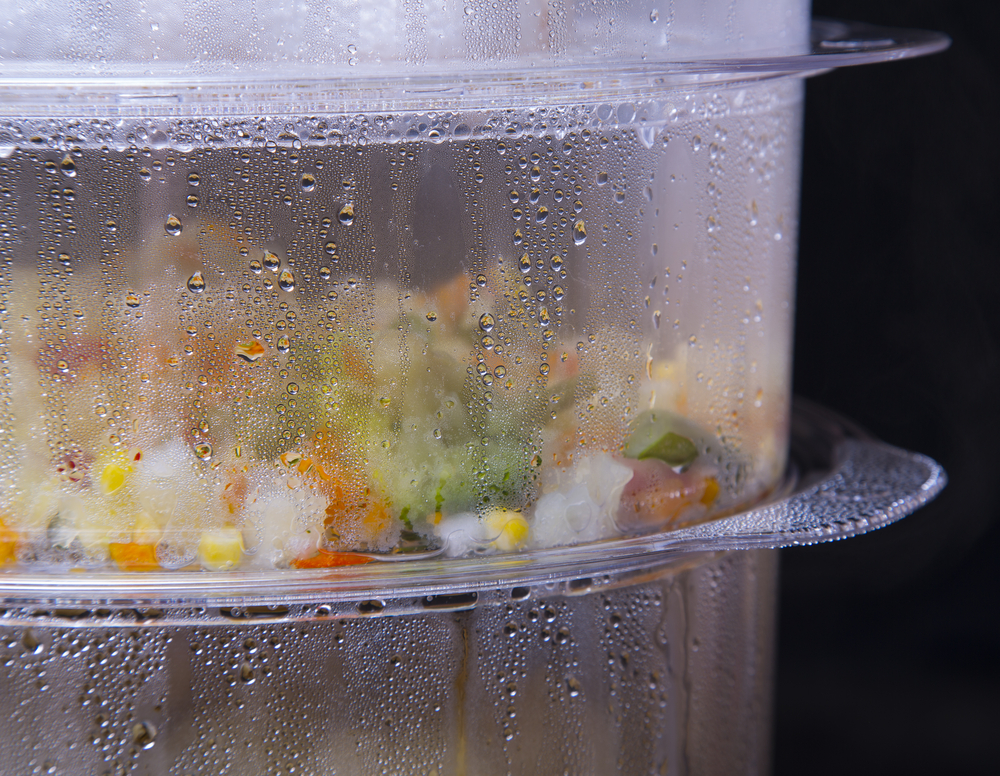
You’re going to want to add around 2-3 inches of water to the bottom of the pot. However, this could vary depending on how deep your pot is. You want to make sure there is enough water that it won’t evaporate while boiling without touching the bottom of the pot. If the water touches the bottom of the pot then it could introduce too much heat and burn the vegetables.
- Boil the Water
Now you’re going to want to bring the water to a boil. First, bring it to a rolling boil then lower it to a simmer. You don’t want too aggressive of a boil that would cause the pot to boil over while the bowl is on top.
- Fill Bowl with Vegetables
While the water is coming to a boil you will want to fill your bowl with vegetables and some water. Make sure to use a glass or metal boil that is heat-safe and won’t release toxins into your food or break when exposed to heat.
You can use raw or frozen vegetables however, with frozen vegetables you need to be extra careful to steam them gradually. Frozen vegetables are the most prone to burning on the outside while still being frozen on the inside.
After you add your vegetables you will want to add a few tablespoons of water. This will help to steam the vegetables and make sure that they stay moist and don’t go crispy throughout the cooking process.
- Place Over Pot
After the bowl is filled with vegetables you will place it over the pot. Make sure that the bowl does not touch the surface of the boiling water. If it does, you will want to remove some water before starting to double-boil the food.
Make sure that the bowl is balanced while preferably leaving a bit of room for steam to escape. You don’t want to create a pressure cooker!
- Cover the Bowl
Now it’s time to cover the bowl. This is crucial in the vegetable steaming process.
If you simply placed the bowl with vegetables on top of the pot then it would cook the vegetables, but it wouldn’t actually steam them and the edges of the vegetables could become crispy.
By covering the vegetables you are trapping the steam inside and actually causing the vegetables to cook. You can use a simple saucepan lid to do this, leaving just a small gap for excess steam to escape from.
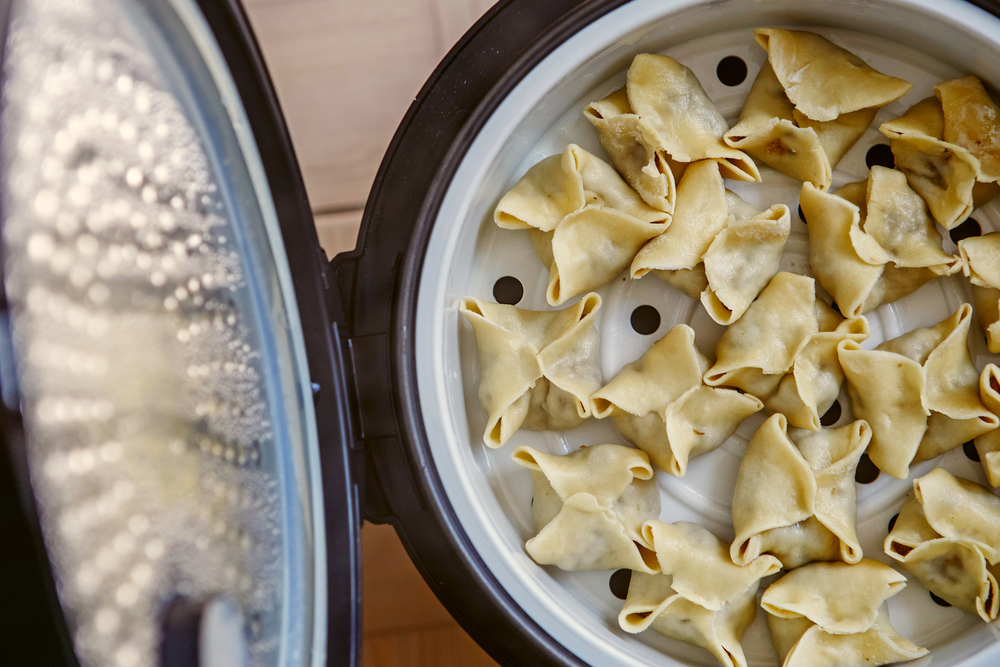
- Steam
Now that the bowl is covered it is time to let the veggies steam. Depending on the vegetable you use, the steaming time will vary.
Soft vegetables like kale and swiss chard will only take 5 to 7 minutes whereas root vegetables like potatoes and carrots can take up to 10-15 minutes to cook. You can use a fork to check how tender your vegetable are every few minutes throughout the cooking process.
- Remove and Enjoy!
After you are satisfied with how well-cooked your vegetables are it’s time to take them out of the double boiler and serve them.
To do this you will first remove the bowl from the pot and set it aside. Be careful when doing this to not get burned by the steam that may be released when you pick up the bowl.
After the bowl is removed you can either use oven mitts or let the bowl cool down slightly before handling. Just pour the vegetables into a serving dish and they are ready to eat.
At this point, you can also season your vegetables if you choose to do so. Some common seasoning options for steamed vegetables include butter, salt, lemon or lime juice, and lemon pepper, but feel free to get creative and match your seasonings to the rest of your meal.
Conclusion
The next time you decide that steamed vegetables are on the menu for dinner, try making them in a double boiler. It is an easy cleanup and oftentimes you won’t even have to buy a special double boiler. You can simply make your own using a large pot and a heat-safe glass or metal boil that will rest over the top of the pot.
All you’ll need to do is add the veggies to a bowl with a small amount of water then place it over the top of the pot. Make sure the water doesn’t touch the bottom of the bowl, cover the bowl with a lid, then let it simmer away until the vegetables have become tender.
After they’re done steaming you can add your favorite seasonings or dressings to spice them up and they’re ready to serve as part of a healthy meal.


